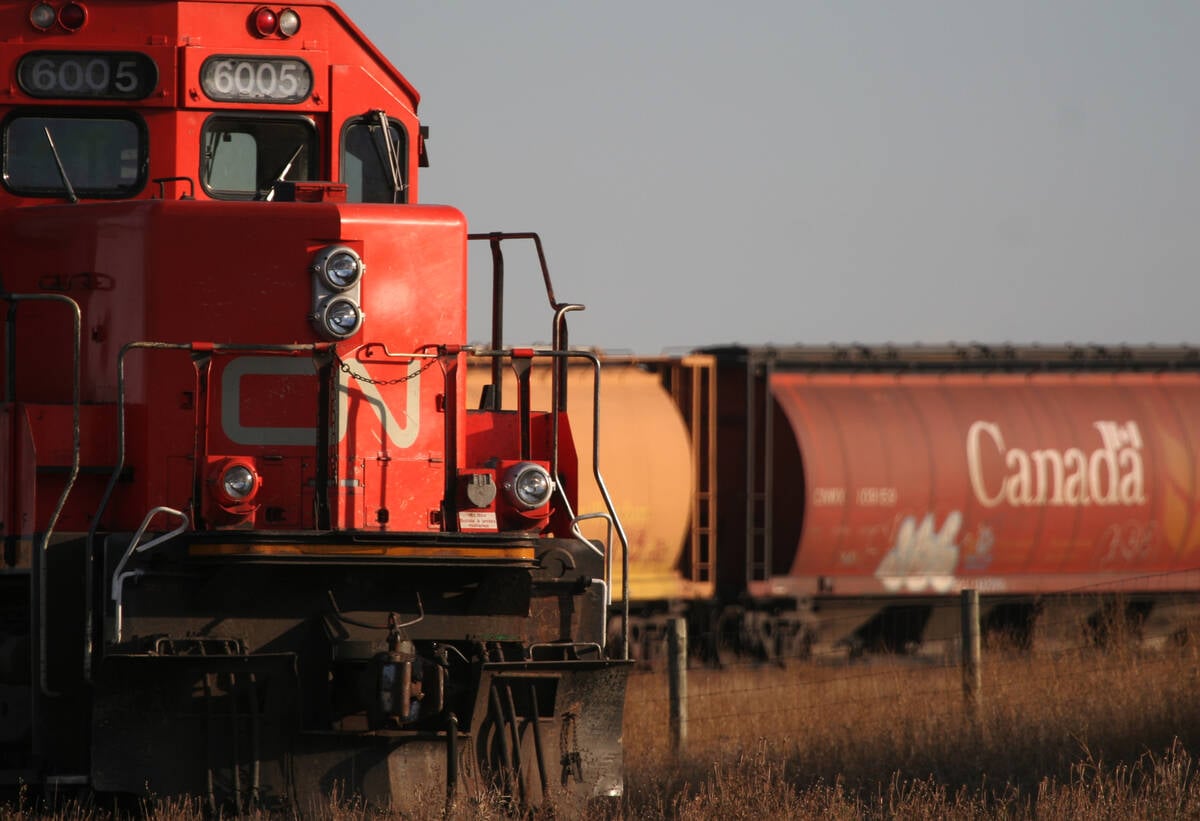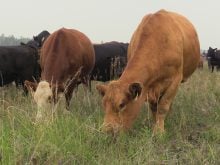This cattle market information is selected from the weekly report from Canfax, a division of the Canadian Cattle Association. More market information, analysis and statistics are available by becoming a Canfax subscriber by calling 403-275-5110 or at www.canfax.ca.
Fed cattle prices rise
Fed steer and heifer prices started the new year on a strong note. Alberta steers were up $9.33 to $266.80 per hundredweight and heifers were up $7.73 to $262.60.
Read Also

Working groups established to address challenges in the containerized and bulk movement of commodities
CN is working with the pulse and special crops sector on resolving challenges in shipping those commodities.
Fed cattle have gained $15 per cwt. over nine consecutive weeks of price increases. Both western and eastern Canadian fed prices established new record highs.
Still, cattle placed against the first quarter of 2025 have breakevens in the mid $260s per cwt., suggesting feedlots are selling close to breakeven levels.
Western dressed sales in the first week of the year ranged from $435 to $438 per cwt. delivered.
Some heavyweight carcass discounts were reported; western Canadian packers discounted some weighing more than 1,050 pounds.
Interest from American packers was supportive, and light volumes moved south from Western Canada. Sales to the United States were at a premium.
Alberta fed prices have been discounted $25 to $31 per cwt. against Nebraska for the past few weeks.
For January, this is the weakest basis on record.
Stronger prices in December and early January helped feedlot inventories become more current compared to a year ago.
Ontario dressed sales were $445 per cwt. delivered, steady to $5 higher than the previous week.
Traded cattle were booked for the weeks of Jan. 20 and Jan. 27.
Western Canadian steer carcass weights are 38 lb. below last year.
The region’s fed slaughter in 2024 was 2.1 million head, which is the smallest volume since 2020 and 16,000 head smaller than the previous year.
However, demand from U.S. slaughter plants has remained strong, and more fed cattle were shipped south. From January to November 2024, fed export volumes to the U.S. were the largest since 2010.
U.S. cutouts are also up to start the year at $330.78 per cwt. for choice and $308.35 for select. That compares to $323.48 per cwt. and $294.23 per cwt., respectively, for the previous week.
Live sales in the northern U.S. were $203 per cwt., while Texas and Kansas prices were $200 to $201 per cwt., or about $3-$4 stronger. Cash prices are currently at a premium to all 2025 live cattle contracts.
There are reports that severe winter weather as far south as Kansas may have impacted slaughter rates.
Typically, Select cutouts outperform Choice in January, and that is holding true.
In the non-fed market, Alberta prices continue to move higher. D2 cows averaged $182.13 per cwt. and have climbed about $10 since mid December. D3 cows are up $7 to $166.17 per cwt.
Cull cow prices were $14 to $16 per cwt. shy of all-time highs set the first week in August 2024. The five-year average notes prices historically strengthened 21 per cent between January and March. If that holds, D2 cows would be $220 per cwt. by the end of the first quarter and D3s will be $201.
In Ontario, D2 cows averaged $161.45 per cwt. in the first week of January, up $13 from mid-December. D3 cows were up $14 to $137.22 per cwt.
Ontario D2 and D3 cows are $14 to $20 per cwt. lower than their all time highs, also set in August 2024.
Alberta auction volume was light for the week ending Jan. 10, totalling 11,875 head of feeders and stockers. This is the smallest volume since 2014.
The market tone is stronger compared to December for both steers and heifers.
Six- to seven-weight steers rallied $35.09 per cwt. compared to the last week of December, while those 700 to 900 lb. rallied $14.03 to $19.38 per cwt. That indicates great optimism for the market in spite of potential U.S. tariffs.
Futures contracts for nearby feeder cattle rallied $15.50 per cwt. from December to early January, closing Jan. 10 at $272.35.
Moderate grain prices are also lending continued support to the feeder market. Lethbridge barley for 2024 averaged $289.30 per tonne, down $108.65 from 2023 and the lowest since 2020.
Feeder cattle exports to the U.S. were 150,682 in 2024, down 14 percent from the previous year and the lowest annual volume since 2021.
In the West, exports were the lowest in 10 years at 95,634, while Eastern Canada reached a record high at 55,048 head.
Tighter supply is anticipated as auctions prepare for volumes to pick up.














